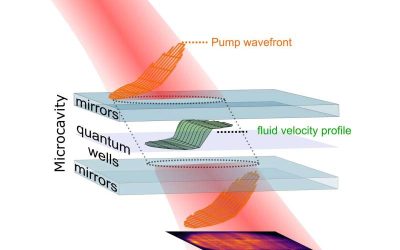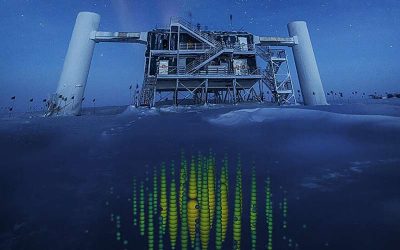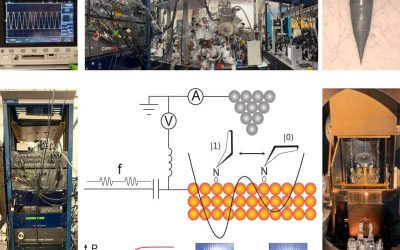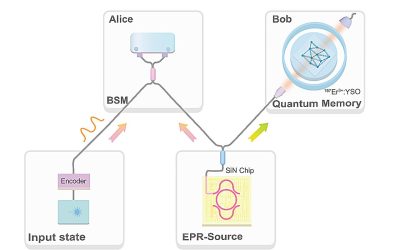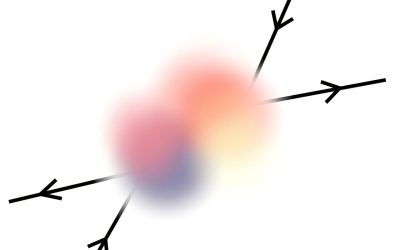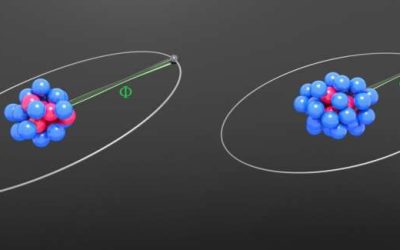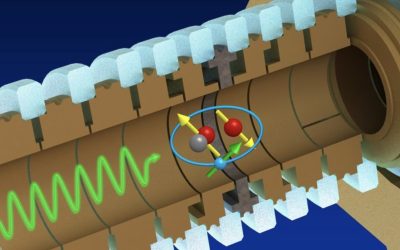Dark matter (DM) is a type of matter estimated to account for 80% of the universe's total mass, but it cannot be directly detected using conventional experimental techniques. As DM does not emit, reflect or absorb light, most previous dark matter searches were aimed...
General Physics
Simulating the Hawking effect and other quantum field theory predictions with polariton fluids
Quantum field theory (QFT) is a physics framework that describes how particles and forces behave based on principles rooted in quantum mechanics and Albert Einstein's special relativity theory. This framework predicts the emergence of various remarkable effects in...
IceCube neutrino search sets first constraints on proton fraction of ultrahigh-energy cosmic rays
Neutrinos are subatomic particles with no charge and very little mass that are known to weakly interact with other matter in the universe. Due to their weak interactions with other particles, these particles are notoriously difficult to detect.
A new method to measure ultrafast relaxation processes in single molecules
Quantum stochastic rectification is a process observed in some physical systems, which entails the conversion of random quantum fluctuations (i.e., quantum noise) and a small oscillating signal, such as a weak alternating current or AC voltage, into a steady output...
LUX-ZEPLIN experiment sets more stringent constraints on cosmic ray-boosted dark matter
Dark matter, a type of matter that does not emit, absorb, or reflect light, is predicted to account for most of the universe's mass. While theoretical predictions hint at its abundance, detecting this elusive matter has so far proved to be very difficult, leaving its...
Quantum internet moves closer as researchers teleport light-based information
Quantum teleportation is a fascinating process that involves transferring a particle's quantum state to another distant location, without moving or detecting the particle itself. This process could be central to the realization of a so-called "quantum internet," a...
The KATRIN experiment sets new constraints on general neutrino interactions
Neutrinos are elementary particles that are predicted to be massless by the standard model of particle physics, yet their observed oscillations suggest that they do in fact have a mass, which is very low. A further characteristic of these particles is that they only...
Study tightens King plot-based constraints on hypothetical fifth force
While the Standard Model (SM) describes all known fundamental particles and many of the interactions between them, it fails to explain dark matter, dark energy and the apparent asymmetry between matter and antimatter in the universe. Over the past decades, physicists...
A new method to generate muons with ultra-short high-intensity lasers
Muons are elementary particles that resemble electrons, but they are heavier and decay very rapidly (i.e., in just a few microseconds). Studying muons can help to test and refine the standard of particle physics, while also potentially unveiling new phenomena or...
A new method to control the rovibrational ground state of a single molecular hydrogen ion
The precise measurement of states in atomic and molecular systems can help to validate fundamental physics theories and their predictions. Among the various platforms that can help to validate theoretical predictions are so-called diatomic molecular hydrogen ions...


